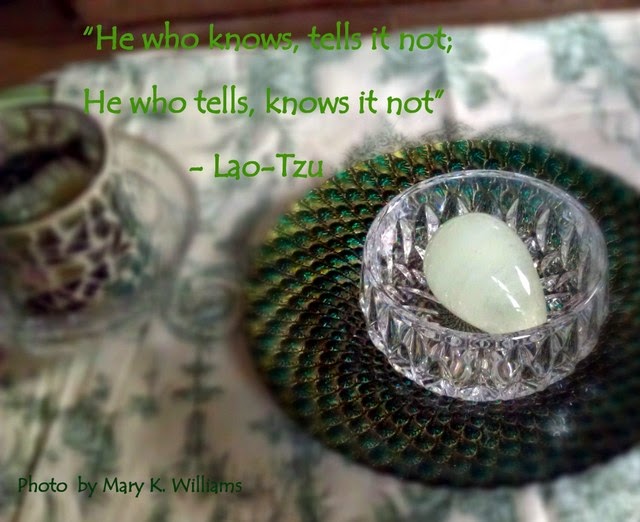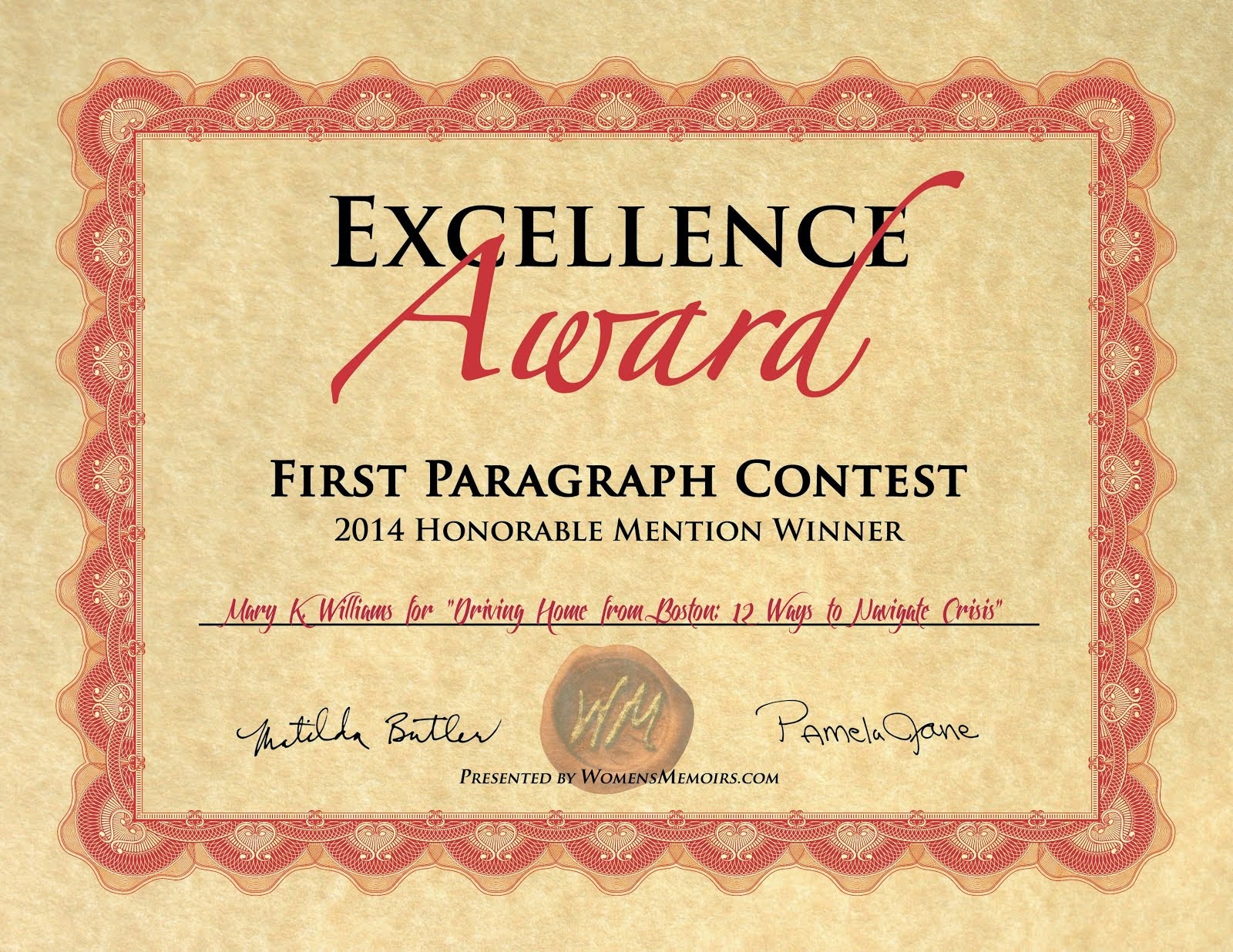In Memoriam
You can go to D.C., to the Wall. It’s just a simple structure, really - just a wall. But the names - they get you. No matter what the weather or your mood - you read the names, and there’s no way you can’t be touched.
You can go to Boston too, downtown, along the Freedom Trail. Another stark memorial. Walk along at dusk and read some of the 6 million names etched in 6 glass towers. As smoke rises from chambers at the bottom of these towers, learn through snippets of stories, the horror of the Holocaust.
Among the stories that ran in tonight’s edition of the Lowell Sun [January 7, 2004], two of them share parallel themes. One story reports on the 25-year anniversary of the fall of Cambodia’s Khmer Rouge. This piece covers survivor’s views stressing the inhumanity of that time, but yet strong desires to “let it go”, and move on.
A second report is about the unveiling of the September 11th memorial design. It’s a nice enough looking plan, but unfortunately some of the victims’ family members are not pleased. Mr. Lee Hanson, of Connecticut, lost a son, daughter-in-law, and granddaughter on Flight 175. He’s afraid of a memorial that will be too “sanitized”, that won’t be an appropriate expression of what a nightmare that day really was, and still is. I can’t imagine that Hanson or others would want a display of graphic misery to be a permanent reminder in Lower Manhattan, but still, reminder is the key word. We need assurance that the world never forgets.
Senseless genocides committed in the name of purity, ordered by a WWII madman. Police actions gone wrong, and killing fields. Young women mutilated so that they can’t feel what we take for granted. Terrorists high jacking our planes, our country and our lives. Tragedy and grief present the universal paradox of wanting to forget pain, but yet knowing that you can’t nor should forget. How can emotions be reconciled? If we can’t move on, “they” win. If we can’t remember, they win again.
When we suffer losses, we usually have ways of coping. First might be tears, maybe rage. Eventually though, feelings even out, tears dry and we wake up another day. We have ways to mark the memories with photos, anniversary dates, scars, and headstones. Somehow, the pain has become almost compartmentalized. We can just about put it away for a time, until an anniversary rolls around, or some other trigger brings it all back.
When we are ready, we can go to these memorials - all over the world - that are symbols of horror and healing. When we are ready, we can embrace the pain, dance with it, and let it rest for another time. It doesn’t matter if we’re touching granite, steel, Lucite, or an oak tree. We’re looking to the future, by touching the past.
Wednesday, January 07, 2004
Subscribe to:
Post Comments (Atom)















No comments:
Post a Comment